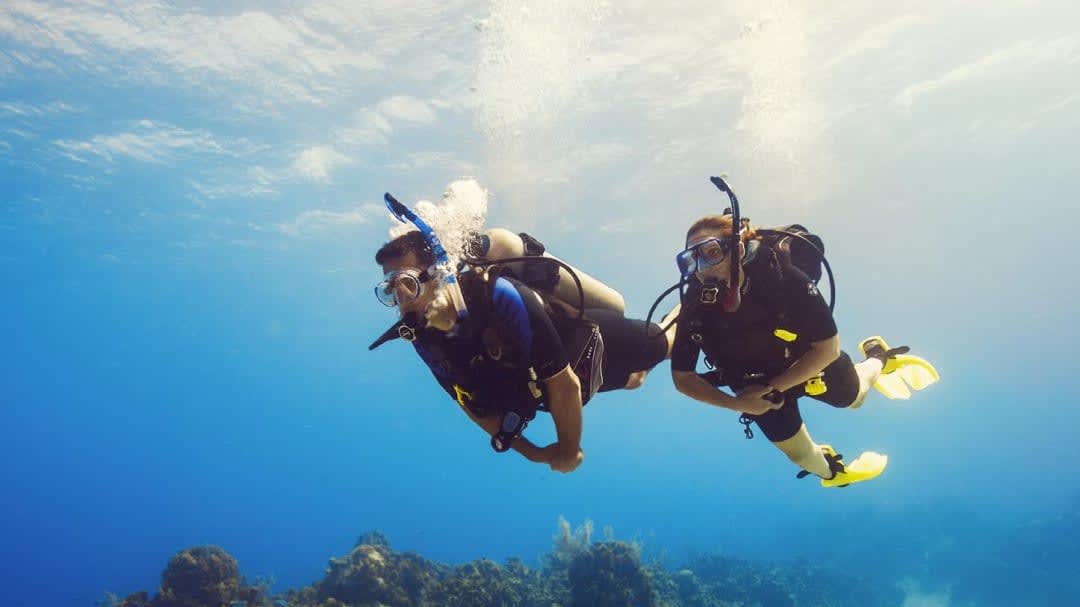
Best places for scuba diving in Madeira
Discover the best scuba diving in Madeira, from vibrant reefs in Funchal and Machico to historic wrecks in Porto Santo. Year-round underwater adventures await.
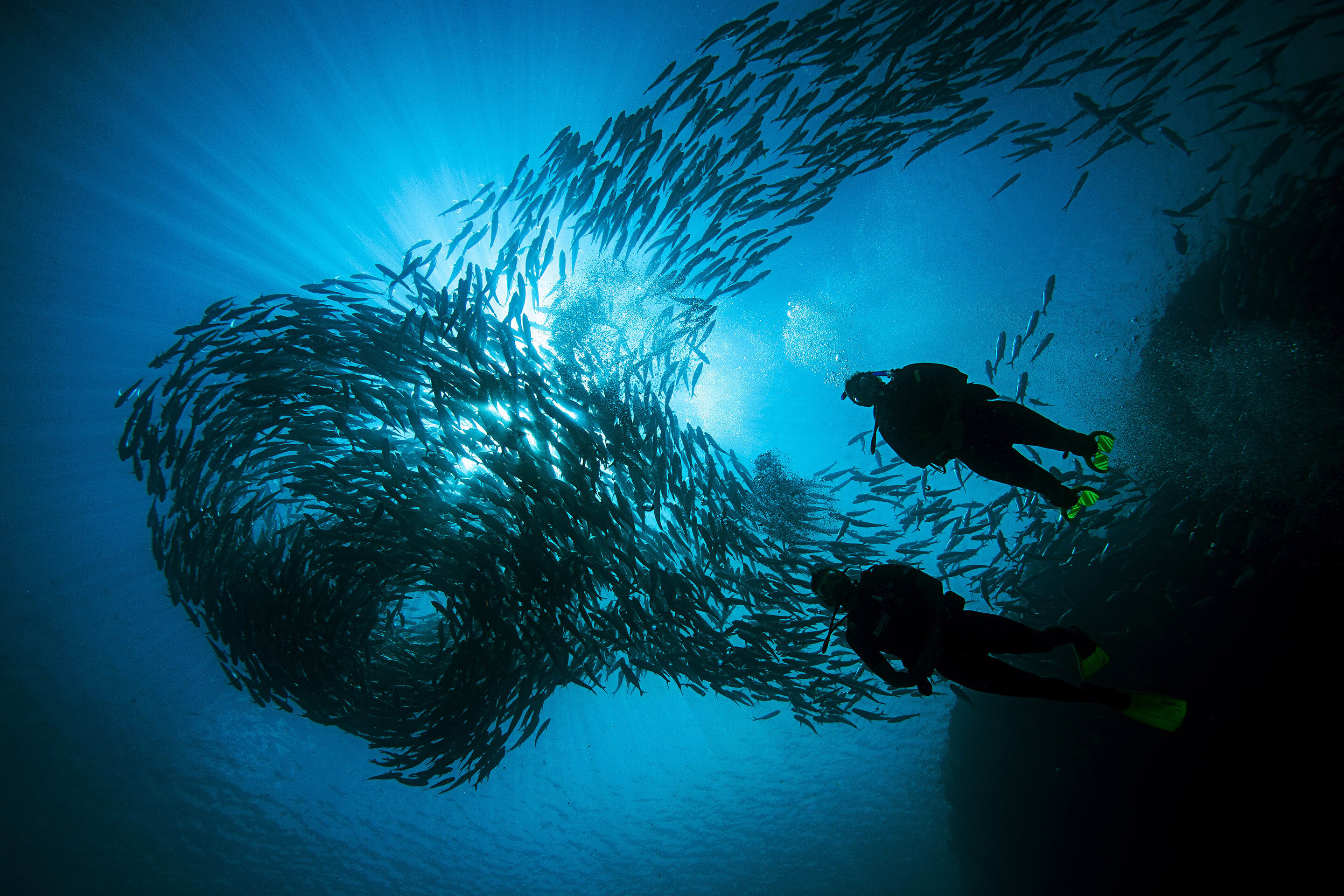
Humanity has always been driven by an insatiable thirst for discovery, a constant desire to explore even the most inaccessible territories. The fascinating and mysterious underwater world is no exception to this quest. Since the dawn of time, mankind has been captivated by what lies beneath the oceans and has constantly sought ways to dive longer and deeper. After all, the oceans cover almost 70% of the Earth's surface - a real invitation to explore the depths!
Scuba diving has evolved considerably over the course of history. At first it seemed like an unattainable dream, but today it has become a leisure activity accessible to all. So how did we get here? Thanks to the inventions of scientists and the courage of many pioneers, scuba diving has become the fascinating sport we know today. To find out more, join us on a journey back in time that briefly retraces the history of scuba diving!
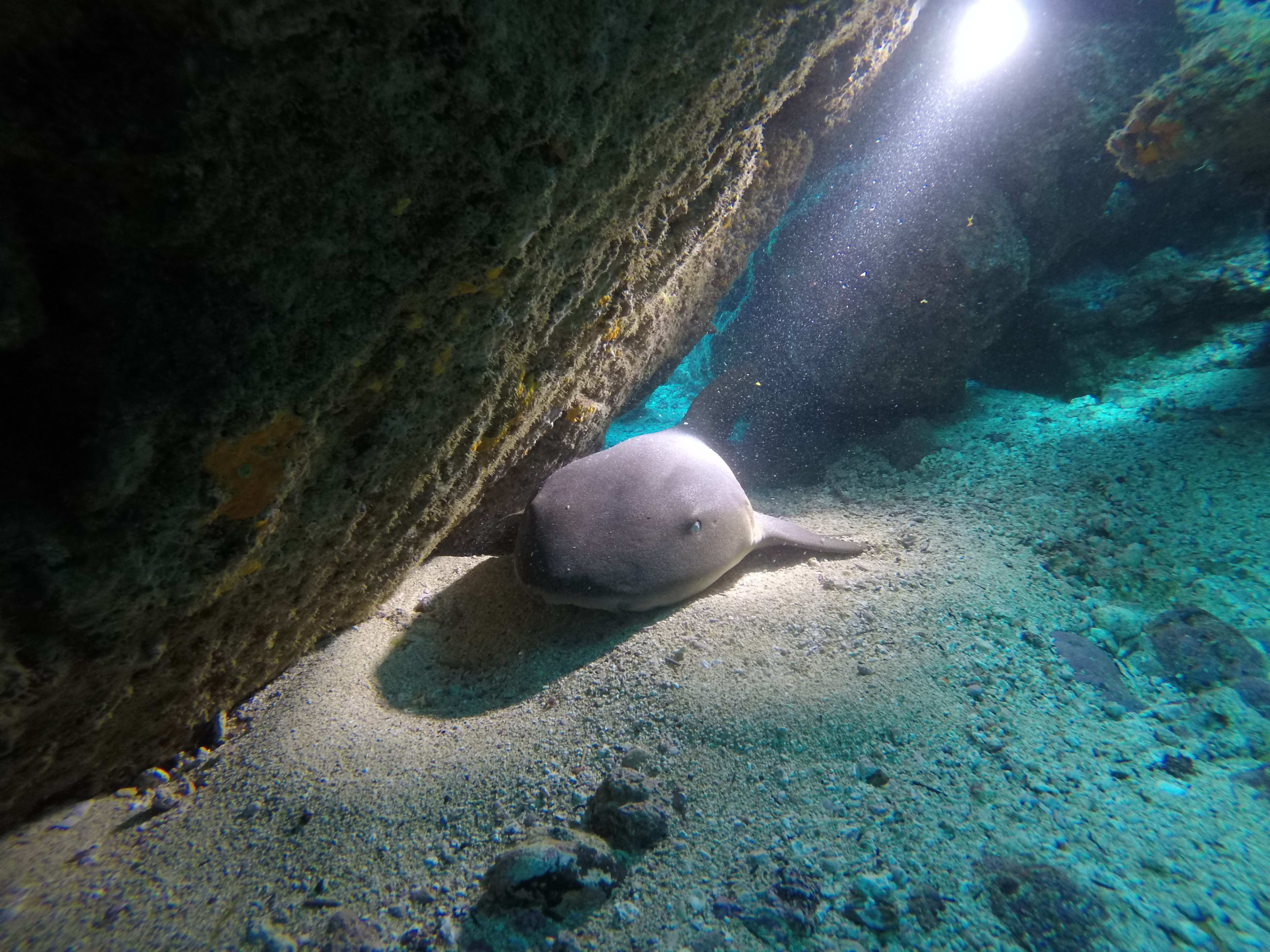
Even before the possibility of breathing underwater became a reality, coastal peoples were already freediving. As far back as prehistoric times, people wishing to feed themselves had to fish for crustaceans or fish by free-diving. Sea sponges, shellfish and coral were also collected using this ancestral technique.
Did you know? The Bajau people of Indonesia have developed physiological and genetic adaptations that enhance their freediving performance. They can remain apneic for almost 13 minutes at depths of up to 60 metres!
Despite the exceptional adaptations of this coastal people, free diving remains limited. Man will have to innovate to be able to dive deeper and longer. To do this, they needed to be able to breathe underwater. From then on, a whole process was launched to devise inventions that would enable the transition from freediving to scuba diving.
The concept of a "diving bell" is generally dated back to the 4th century. The first tool for 'transporting' oxygen underwater with the diver, this object is thought to have been imagined by the philosopher Aristotle around 322 BC. The principle behind the diving bell is simple: the air inside the bell is kept at a higher pressure than that of the surrounding water, allowing the diver inside to breathe without being directly exposed to the pressure of deep water. It was with this device that Alexander the Great is said to have descended underwater for refloating and port work. However, it was not until the Renaissance that the diving bell really took off.
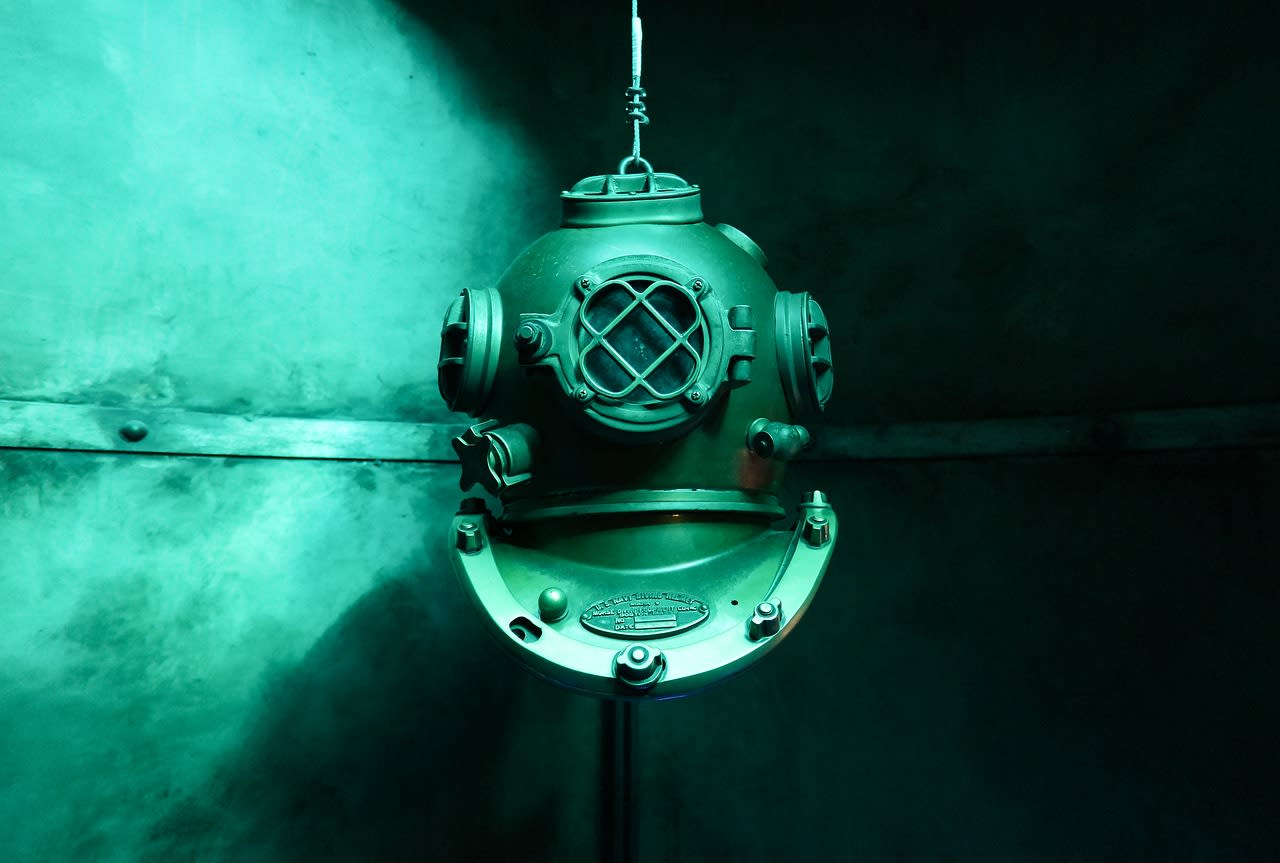
The diving bell continued to be used in the 16th and 17th centuries. In 1678, a text by a Lyonnais physician, Doctor Panthot, seems to indicate that the use of the diving bell was a regular procedure for the Spanish navy at the time. In this particular case, the divers would have used the bell to recover thousands of piastres (a coin) that had washed up in front of the port.
Generally speaking, diving bells were used from the 16th to the 19th century to recover objects or goods lost during shipwrecks, for underwater work (maintenance of ship hulls, pipelines or communications cables), for scientific exploration or even to rescue people.
Meanwhile, the first helmeted diving suit was invented in the 18th century. This device allowed divers to move around on the seabed, breathing through a tube connected to the surface, where other men pumped the air they needed to survive. Although this invention was a step forward, the diver remained dependent on the air tube, limited in his movements and also at depth by the pressure of the water.

After the diving bell and the helmet suit, the invention of the regulator is a milestone in the history of scuba diving. Thanks to the regulator, divers can breathe the air contained in their scuba tank at the pressure at which they are working. From then on, scuba diving was autonomous, lighter and completely independent of the surface.
Scuba diving is essentially based on an invention by French doctor Manuel Théodore Guillaumet in 1838. However, it was in 1943 that it was taken up and improved by Émile Gagnan and Jacques-Yves Cousteau, the inventors of the automatic diving regulator. The 2 men named this process "Aqualung" (literally, aquatic lungs). Scuba diving became more accessible than ever, even for the general public!
However, in the 50s and 60s, recreational diving was still reserved for wealthy people in good physical condition. It was only when the sport gained in popularity that equipment manufacturers decided to develop the market within their reach by making the equipment less expensive and easier to use. With a few simplifications to improve diver comfort and safety, more and more people wanted to try scuba diving.
Initially, only the army and a few companies using professional diving offered diving training to their staff. Then the first diving school was set up in France to train divers on the new Cousteau and Gagnan regulators, the famous "Aqualung". In 1959, the NAUI association, which became the PADI company in 1966, opened up professional diving training to the general public.
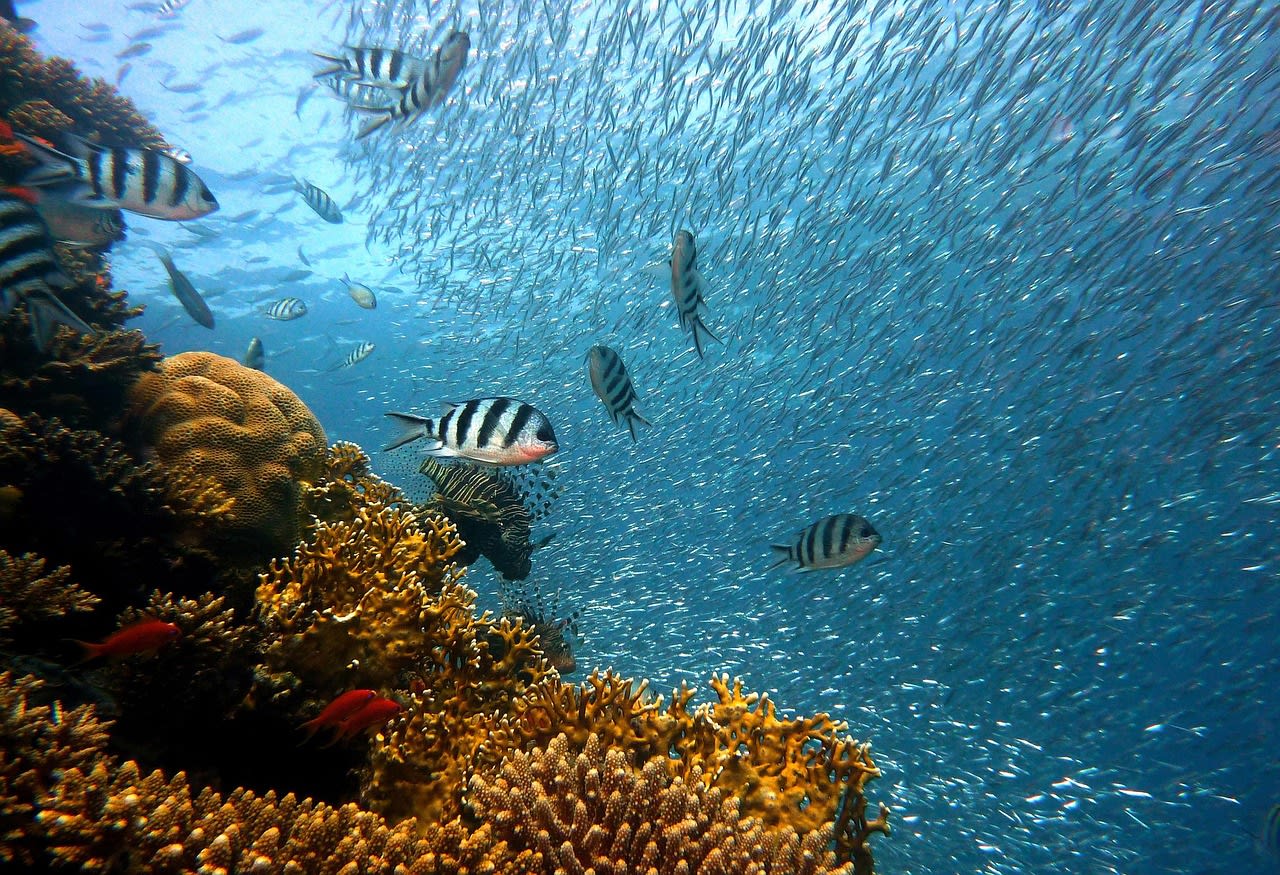
Today, there are two main organisations that offer scuba diving training: PADI and SSI. Before even thinking about training, anyone with no contraindications to diving (asthma, heart disease, ear problems, etc.) can easily take part in a scuba diving baptism to discover the beauty of the underwater world.
While diving was historically a professional discipline used for military missions or underwater work, it is now a leisure activity. For the first time in the history of scuba diving, the sport is being linked to tourism, as large numbers of people seek to explore the seabed in some of the world's most iconic diving destinations, such as Guadeloupe, Malta and Portugal! The list goes on and on, and the famous dive sites are attracting more and more travellers looking for a change of scenery.
More than ever, diving equipment offers optimum comfort and safety. Thanks to waterproof, high-performance wetsuits, it's even possible to dive in some of the coldest places on the planet(the Silfra fault in Iceland, Saltstraumen in Norway). The masks are made of toughened glass to ensure safety at extreme depths, and they can even be made with corrective lenses!
Finally, it is also important to note that scuba diving now plays a crucial role in raising awareness of the need to protect marine ecosystems. By bringing the wealth of underwater flora and fauna to as many people as possible, diving professionals are also seeking to highlight their fragility. Naturally, having explored dive sites teeming with life and coloured by the variety of corals, a diver can't help but campaign for their conservation.
Finally, this brief history of scuba diving retraces above all the history of its equipment. In fact, it is this equipment that has made the activity more or less accessible over time, and that has enabled it to be used in different ways depending on the historical context and the needs of society at the time.
What's important to remember is that while diving may once have been dangerous because of the rudimentary equipment used at the time, it is now a sport that is accessible to everyone and very safe. If you can swim and have no particular health problems, scuba diving is now accessible to you, not only physically but also financially. We are fortunate to live in a time when scuba diving is open to the general public on a planet where exceptional dive sites can be explored wherever you are and without even having to travel very far. What's more, you can easily book your diving activity online at Manawa.com!
So why not give it a try yourself? Where on our beautiful blue planet would you choose to do your first dive?